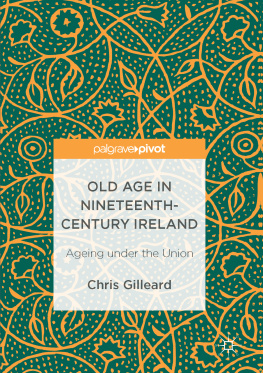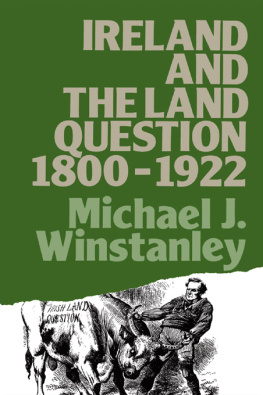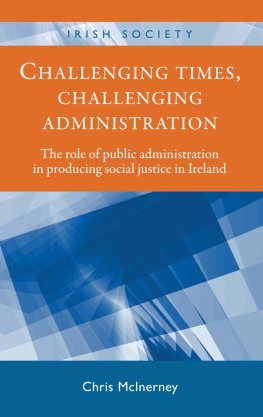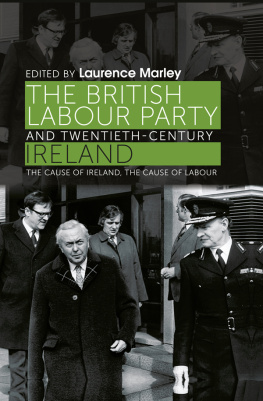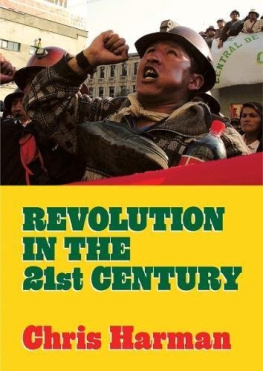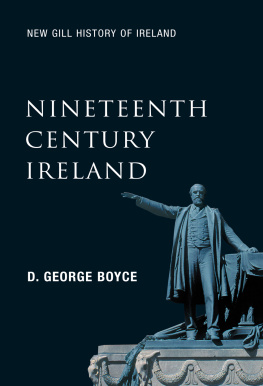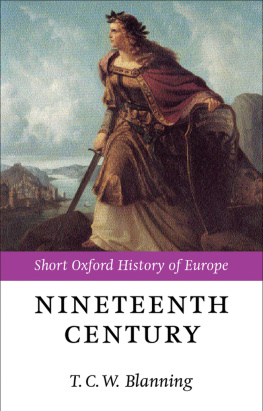The Union and Its Political Background
The 1801 Act of Union binding the government of Ireland to that of Britain brought to an end several centuries of Irish parliamentary rule. Although Irish parliaments had sat at various times and places from the thirteenth century onwards, it was not until the late seventeenth century that a stable administrative structure was established. During Tudor rule, both Catholics and Protestants had been able to vote and stand for parliament, but under the regime introduced by Cromwell, the framework of Irish governance was set firmly towards a Protestant ascendancy. From then on until the Union, Ireland was governed and its economy controlled by a Protestant elite elected by an exclusive Protestant constituency that enriched itself at the expense of the hewers of wood and drawers of water and the labouring men who would plough their lands and sow their corn (Bardon : 242).
This system and its constellation of economic and political power ensured a kind of peace. In 1731, Dublin was graced with its own Parliament building, by which time Catholics were not just barred from standing but also from voting. As Dublin grew in size and substance and the Protestant elite grew in power, Irish resentment over English rule was re-kindled, resentment that ran along national as much as religious lines. There was a feeling among the Irish Protestant ascendancy that they were regarded as less than their English peers; the terms of trade between the two countries seemed heavily slanted in favour of the British. There was an anomalous sense of unfairness that was not just a reflection of the growing assertiveness of the Ascendancy. The economic position of the Catholic middle class had also been improving during the latter half of the eighteenth century, as piece by piece the more persecutory and oppressive aspects of Irish legislation were either ignored or removed from the statute book, forming what has been called an underground Catholic gentry that shared with the Protestant gentry a common resentment of English control (Whelan ).
This underground gentry gained a clearer voice when, the autonomy of the Irish parliament having been conceded by Westminster, Irish legislation was passed that enabled Catholics to own land, trade with overseas British colonies, establish their own schools and freely practise their own religion. A surge in Irish nationalism took place within Protestant ranks as well as among the emergent Catholic middle class. The constitutional victories of 1782 seemed to augur a new spirit of toleration throughout the Ireland. Grattan, the leader of the house, expressed this sentiment when he stated that the Irish Protestant should never be free until the Irish Catholic ceased to be a slave (Bartlett : 205).
Then came the French revolution. Groups of republican sympathisers formed in Belfast and Dublin. Wolf Tone established the society of United Irishmen. Anxious to avoid what seemed a threatening coalition of interests between Catholics and Presbyterian radicals, the British government passed a law removing many of the remaining restrictions on Catholics, enfranchising them on the same terms as Protestants. An act for the relief of his majestys popish, or Roman Catholic subjects of Ireland was passed (with pressure from Westminster) in the Irish parliament, followed by an attempt by Grattan to extend these rights to enable Catholics to stand for parliament. This proved a step too far for the king and George III blocked the move. Grattan resigned in 1797. Within a year, rebellion broke out led by Wolf Tone and his United Irishmen, with the aim of establishing complete independence from Britain through an alliance with the French Republican Army.
This provided the opportunity for Pitt to pursue his planned Union between Ireland and Britain. Through a mixture of strategem, bribery, intimidation and promises (Newenham ).
The British governments need to make a success of the Union and the various measures it passed to achieve that aim saw Ireland in the nineteenth century subject to increasing surveillance, its progress more extensively documented than any other part of the United Kingdom. Caught between being a colonial burden and a junior partner in the British Empire, the timing and structure of the Union came too late to deliver the benefits of Union that had accrued to Scotland a century earlier. Ireland under the Union would be transformed, but in ways that were perhaps never quite as was intended by the governing classes. Once young, it would grow old; once hopeful, it would become despondent; once revolutionary, it would end up throwing off its colonial shackles only to embrace what many would see as a reactionary vision of an Ireland based on an almost mythical rural past that would take over half a century of true independence to shake off.
Irish Society and Its Divisions at the Time of the Union
Irish society underwent significant social change in the period after the Union, in consequence of Westminster rule, and later, of the Famine of 18451850 and its aftermath. This was most evident in the demography of the island, its social order and the countrys institutional structures. It was least evident in its economy. To appreciate the extent of those changes, particularly as they affected older people, it is helpful to outline some of the broad demographic, economic and social characteristics of the island at the point of the Union.
It has been customary to view Irish society as divided between two broad classes of person, one Catholic, with few property rights and having to survive on the fruits of their own and their families labour, the other predominantly land-owning, Protestant and flourishing on the back of the labour of others. Recent historians have questioned this simple binary division uniting land, property and religion, however, pointing out that by the late eighteenth century there were substantial numbers of Catholic landowners, merchants and tenant farmers. Equally there were many Protestant small tenant farmers and landless labourers whose market position was indistinguishable from their Catholic compatriots. Whatever the correlation between land and religion, in the minds of many at the time it was the relationship between landlord and tenant that represented the most important social relation which exists in this country (Smythe : 2). In short, at the time of the Union, hierarchies of rank or status reflected the control of land more than they did the profession of faith.
At the top of this hierarchical society were the owners of large estates. These were often absent, renting out their lands via middlemen or land agents to tenant farmers who made up the most sizeable portion of the population. Not all landowners were absentees of course. Some lived in the big house with a retinue of servants directly overseeing the work of their tenant farmers. Others were content to live among the population with little ambition either to extract ever higher rentals from their tenants or to radically transform the farming practices on their estates. Others again were eager to innovate while a good few were motivated by a desire to extract whatever they could from their tenants to pay off the debts they had incurred from their own ill-advised projects and the pursuit of pleasure. Estimates of the proportion of absentee landlords vary. In some counties, as many as three quarters of the landowners, particularly those with smaller estates, were absentees, although the majority of the landowners of the large estates were probably resident (Hughes : 108).

